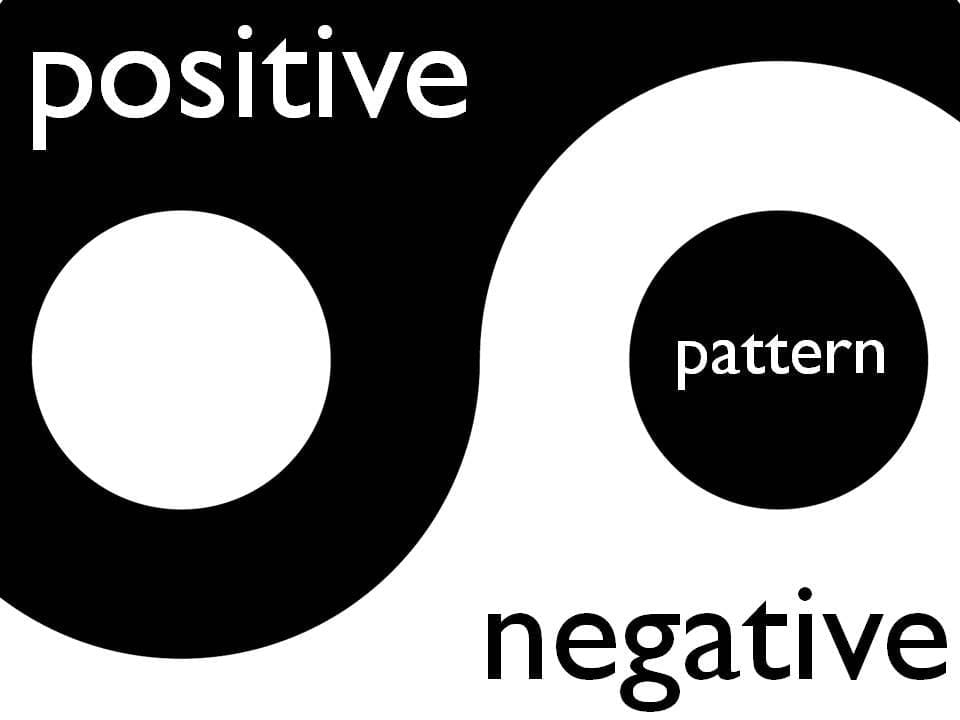No matter whether your website represents a business, a startup, a blog, an informative page, or anything else, SEO is the air that helps your website stay afloat.
The search engine giants are constantly updated and redefining their guidelines to state what’s important when it comes to reaching the top of the results pages. There are over 200 in total.
However, as well as focusing on how to get to the top, you should also be very aware of what bad practices there are that can harm your SEO ranking, and can in some cases ever result in ranking penalties.
Today, we’ll explore some of these techniques you should avoid, protecting your website and securing your ranking.
What Is Negative SEO?
Negative SEO attacks are very real threats that have the potential to seriously damage your website’s reputation and credibility.
Negative SEO can affect your site in several different ways.
Purposely implemented negative practices are more commonly known as Black Hat techniques.
This can include creating hundreds of spam links to point at pages on your website, plastered all over the internet, using spammy keywords or linking to fake social media profiles.
As you know, no one would purposefully go out and use these techniques on their own website any more, at risk of harming harm their own SEO ranking.
Unfortunately, this is a common technique where a company may hire a hacker to access a competitor’s website and implement these techniques to harm their reputation.
Believe it or not, freelancing websites like Fiverr and Paperfellows have over 15,000 people willing to kill someone’s website for only $5.
Estelle Moran, an SEO Specialist from Resumention, was a victim of a severe negative SEO attack. She describes the experience:
I remember signing on to our servers only to discover our visitor count had dropped dramatically. Notifying the manager, we set all SEO operators to work.
We quickly realized that we had been the victim of a negative SEO attack. All of our backlinks had been deleted, and our website’s blog content and static page content had been pumped full of irrelevant keywords such as ‘online poker’ and ‘Viagra’.
We had also received a notification from Google stated we had been penalized for our SEO practices. It took months to get everything back to how it was.
How Can I Minimize Risk of a Negative SEO Attack on My Website?
Fortunately, there are many actions you can take to prevent Negative SEO attacks from affecting your own business.
We will look at those below, but first a caveat:
Be warned, if a hacker wants to attack your website, they will probably find a way in.
The best way to protect yourself is to minimize the amount of damage they can cause, enabling you to get everything back to how it was with minimal effort.
- Backup your database files regularly
- Keep your CMS updated
- Don’t use simple, easy-to-guess passwords
You know the drill.
Google Webmaster Tools
Getting google on your side is one of the first steps you can take to protect your website.
Once you sign up to email alerts, Google can notify you if unwanted events are taking place.
For example, Google can send you email notifications if your website is being attacked by malware or if your webpages are not being indexed by the search engine.
Additionally, the search engine giant will also notify you if your website has received a penalty from Google for your current SEO condition, and also if your website is experiencing connectivity problems.
Keep Tabs On Your Backlinks
Ongoing monitoring of your overall link profile (and even a regular full link audit) can be very helpful in preventing a negative SEO attack, and even more useful in quickly determining when you have succumbed to one.
If hackers attack your website, one of the main techniques they will use is pointing a large number of low-quality links at your domain.
It can be very cumbersome to check all your backlinks manually, but fortunately, there are a wealth of online and third-party tools that you can use to take and monitor your backlinks automatically.
Another approach, particularly common with hacked websites, is for spammy content to be launched as new pages.
Then the hackers add spammy links both aiming at these pages and elsewhere, and often will even redirect clicks to pages off-site.
It’s crucial that you set up alerts to know when a user is embedding links or even redirecting your website to other sources.
Otherwise, you may find yourself losing traffic when Google starts showing a warning message on the SERP stating “This website may be hacked.”
Use Unique & Original Content
Finally, one of the most effective ways hackers can bring down a website’s SEO ranking is by using duplicated content.
A hacker will achieve this by copying your content and posting it everywhere they can.
When too much of the content on your site ends up duplicated across shoddy sites on the internet, your website risks being slapped with a duplicate content penalty, and can even be indexed altogether.
Always strive to create original, unique content when writing for your own website.
To be sure it is both of these, you can use third-party custom writing services.
Featured Image Credit: CC 0; Public Domain. View original image on Flickr.com.
Disclaimer: The views and opinions stated in this post are that of the author, and Return On Now may or may not agree with any or all of the commentary.
Brenda Berg
Latest posts by Brenda Berg (see all)
- How to Minimize Risk Of a Negative SEO Attack on Your Website - August 22, 2017





